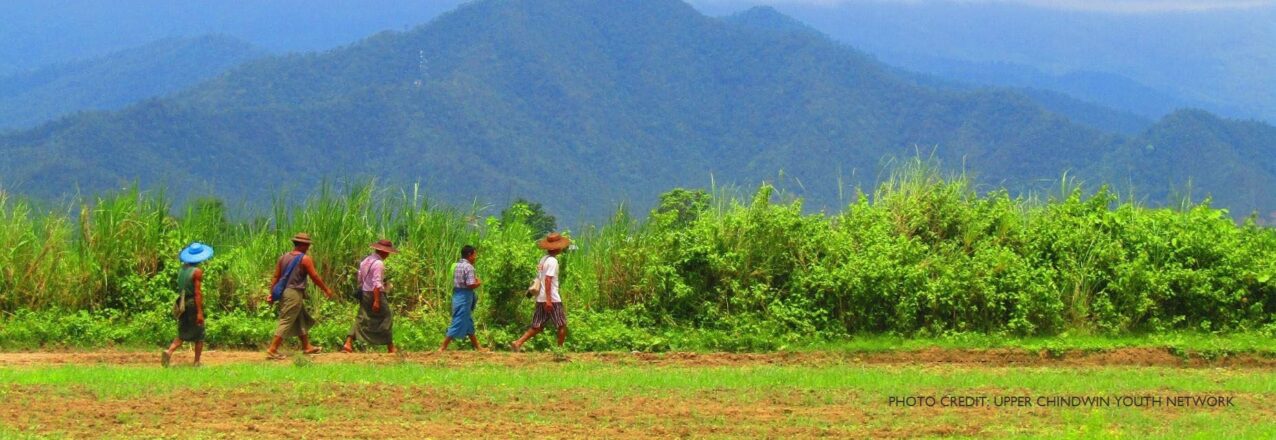How to Use this Guidance

The United States Agency for International Development (USAID) designed this guidance document to provide a practical tool for USAID missions and operating units (OUs) to more effectively engage and partner with Indigenous Peoples in sustainable landscapes (SL) program activities, also referred to as natural climate solutions. Consideration of Indigenous Peoples’ own development priorities and facilitating their participation in program design and implementation through well-structured communication, consultation, and engagement strategies helps foster local solutions to local development challenges. By effectively engaging Indigenous Peoples in SL activity design, implementation, monitoring and evaluation, OUs can advance USAID’s priority areas while accounting for Indigenous Peoples’ needs, capacities and interests. This engagement can mitigate adverse impacts on indigenous communities, avoid conflicts that can delay, diminish or derail benefits derived from forest, land-use, and water management efforts, Natural Resource Management (NRM), and/or greenhouse gas (GHG) emissions reduction activities, and lead to the sustainable management of Indigenous Peoples’ lands, and land and resource tenure security.
This sector guidance document is based on desktop research about SL related issues among Indigenous Peoples, international standards, and USAID program experiences. It is also based on interviews with USAID development professionals. This guidance complements and is informed by the programming guidance within the USAID Policy on Promoting the Rights of Indigenous Peoples (PRO-IP) and is one part of USAID’s collection of sector-specific guidance documents on engagement with Indigenous Peoples.
The PRO-IP recognizes that development programming has not always benefitted Indigenous Peoples who in many contexts remain marginalized, discriminated against, and located in isolated areas without adequate access to infrastructure and basic services. The PRO-IP aims to ensure that USAID effectively engages and partners with Indigenous Peoples to help them enhance their livelihoods and build a brighter, self-reliant future. This SL sector guidance is intended to be used together with other USAID planning and programming tools, including USAID’s new Social Impact Assessment Toolkit (Social Impact Assessment Framework, Screening Tool, Sample Social Impact Assessment Statement of Work, Consultation Handbook, and Inclusive Development Analysis) and Environmental Impact Assessment process.
Sustainable landscapes as a USAID sector is multifaceted, and SL programming by USAID missions and OUs can be utilized to address various challenges to promote sustainable land use practices that reduce GHG emissions. This guidance addresses a particular aspect of that challenge2 – SL programming as experienced by Indigenous Peoples. This guidance identifies development challenges, lessons learned, and best practices related to sustainable landscapes to help USAID better engage Indigenous Peoples and define activities that support livelihood development. Guidance documents prepared for supporting the implementation of the PRO-IP for the following other sectors are relevant and inter-related: biodiversity, energy, agriculture and food security, education, enhancing livelihoods, global health, and democracy, human rights, and governance.
This guidance was prepared by the USAID Integrated Land and Resource Governance project.
[1]To access references, use the electronic version of the document with hyperlinks embedded.
[2]Challenges faced by Indigenous People (e.g., issues of discrimination based on age, sexual orientation, ability, gender, ethnicity, gender-based violence, and land rights violations) are also faced by non-Indigenous vulnerable groups. The prevalence of these issues is high among Indigenous Peoples and may unevenly affect individuals within a People. The potential for and impacts of exclusion, marginalization, and jeopardy are typically, but not always, higher for Indigenous Peoples. In this guidance, gender, conflict and land rights are cross-cutting themes while other types of vulnerability, such as age discrimination, are beyond the scope.


